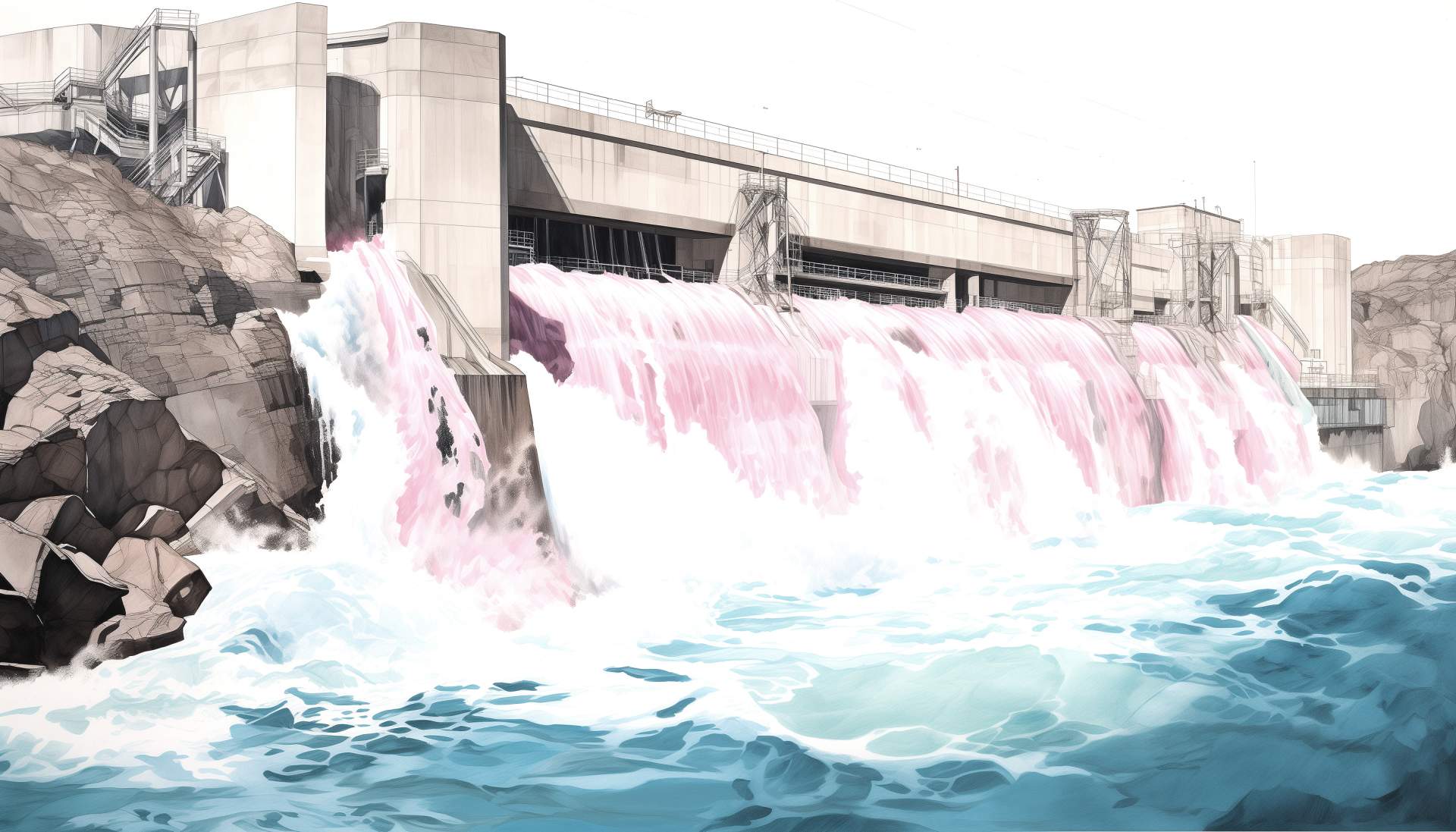Exposure and Vulnerability Modelling
Quantifying the foundation of our world's risks
Exposure and vulnerability modeling is a critical component of assessing and managing natural disaster risks. These models provide valuable insights into the potential impacts and vulnerabilities associated with various hazards, enabling proactive decision-making and risk reduction strategies. Exposure modeling involves the assessment of assets, populations, and infrastructure located in areas prone to natural disasters. It quantifies the extent and value of the elements at risk, such as buildings, roads, bridges, and population density.
By analyzing spatial data, demographic information, and asset inventories, exposure models help identify areas with high concentrations of assets and populations exposed to potential hazards. Vulnerability modeling goes beyond exposure analysis by examining the characteristics and resilience of the elements at risk. It considers factors such as building construction quality, infrastructure robustness, socio-economic conditions, and preparedness measures. Vulnerability models provide a comprehensive understanding of the potential impacts and consequences of a hazard on exposed assets and populations. They help identify areas or sectors that are more vulnerable and require targeted interventions and risk reduction measures.
Projects





